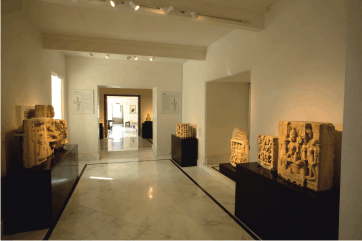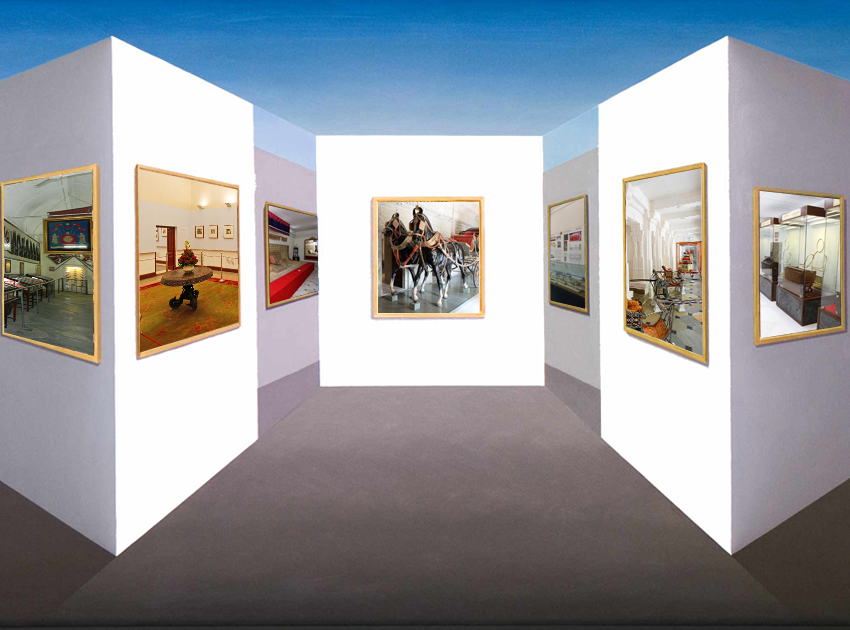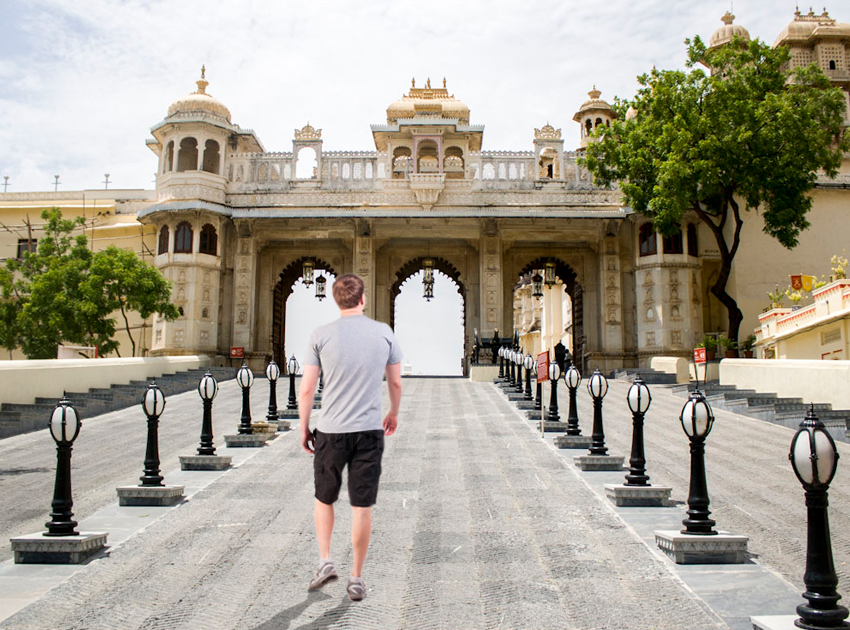Rana Udai Singh II –
reigned 1568-1572
The history behind a compelling city is seldom as beautiful
as the city itself. When Maharana Udai Singh II founded the city of Udaipur,
one can wonder what grandeur, he must have felt on discovering this truly
gifted part of the planet. Udai Singh’s reign from his new capital was short and
lasted only four years. The Maharana died in 1572 at the age of 42. He was
survived by 25 legitimate sons among whom Udai had proclaimed his favorite son,
Jagmal, as his successor. However, his nobles and chiefs politely removed
Jagmal and hailed Pratap as the King of Mewar.
2.
Maharana Pratap Singh
– reigned 1572-1597
Maharana Pratap, the son of
Maharana Udai Singh, is the only Rajput ruler who is celebrated throughout the
country for his bravery and patriotism. He is popularly known in Rajasthan as Rana Kika or
Mewari Singh. Maharana Pratap died at
the age of 57, after sustaining an
injury while hunting.
3.
Rana Amar Singh I –
reigned 1597-1620
Out of the 17 sons of Rana Pratap,
Amar Singh was the eldest, and to him passed the overwhelming task of
conquering Chittor. From his very childhood to the days of Pratap’s death, Amar
had been a stable companion in his valiant father’s toils and troubles. A great
warrior, he fulfilled his father’s last wish to capture the whole of Mewar; but
not Chittor. Amar Singh remodelled his kingdom and revamped the functioning of
his land.
4.
Rana Karan Singh –
reigned 1620-28
Karan Singh was the successor to
the able son of Maharana Pratap, Rana Amar Singh, and mounted the throne of
Mewar in 1620. Karan Singh has been depicted as a laid-back ruler, but lacked
neither in courage nor in conduct. He mostly acted as a buffer between his
self-righteous father and the Mughal court.
Rana Karan Singh died in 1628 just before the
ascension of Shah Jahan and was succeeded by his son Rana Jagat Singh I.
5.
Rana Jagat Singh I –
reigned 1628-54
Maharana Jagat Singh was the 57th
ruler of Mewar and succeeded Maharana Karan Singh II. He ruled for twenty-four
years from Udaipur and tranquillity and prosperity continued in the kingdom
during the period of Rana Jagat’s reign. He is known to be the greatest builder
of the Mewar dynasty.
The famous Jagmandir Island Palace was finally completed in
his rule, after its inception in 1551 by Maharana Amar Singh. It became the hot
spot for the royal family as a summer resort and pleasure palace for holding
parties.
6.
Rana Raj Singh I –
reigned 1654- 1681
The last independent Maharana of
Mewar, Rana Raj Singh ascended the throne in 1654 and ruled during the reign of
Aurangzeb. The famous legend of Princess Roopmati of the kingdom of Roopnagar
is associated with him.
7.
Maharana Jai Singh –
reigned 1681-1700
Jai Singh (lion of victory)
mounted the throne in 1681 after the death of his illustrious father Rana Raj
Singh I. Although his father had long distanced himself from the Mughals, Jai
Singh entered into a treaty with Aurangzeb, the Mughal Emperor.
8.
Rana Amar Singh II –
reigned 1700-16
Amar Singh II was quite similar in
character and bravery like his distinguished namesake, Rana Amar Singh I. Amar
Singh II took advantage of the declining Mughal power and entered into a
private treaty with the Mughal heir apparent Shah Alam. His reign witnessed
continuous revolts in the Mughal Empire and the rebel kingdoms of Amber and
Marwar soon came to him for help. Rana Amar Singh II left behind a legacy of
being an independent and virtuous prince who upheld his independence and the
prosperity of his kingdom before the misrule of the Mughals.
9.
Maharana Sangram Singh
II – reigned 1716-34
Sangram Singh or the lion of
battle succeeded Rana Amar Singh II in the year 1716 when the Mughal Empire was
disintegrating. He ascended the throne about the same time as Muhammad Shah,
who succeeded Farukhsiyyar, the Emperor. Sangram Singh II ruled for 18 years.
He recovered the lost territories of Mewar and the kingdom soon regained its
lost respect. His death in 1734 saw the emergence of the Maratha power during
his successor Jagat Singh II’s rule.
Rana
Jagat Singh II – reigned 1734-51
The eldest of the four sons of Sangram Singh,
Jagat Singh II ascended the throne in 1734. He started his reign with the
revival of the tripartite alliance formed by Rana Amar Singh II. Rana Jagat Singh II died in 1752 after a
reign filled of misrule. He was more interested in the pleasures of life rather
than governing his kingdom. A great patron of the arts, he enlarged his
palaces, erected villages all over the valley and conceived most of the
festivals that are still celebrated in Udaipur.
1 Rana Pratap Singh II – reigned 1752-55
Rana Pratap II (1752-55), nowhere
near his illustrious namesake, succeeded Jagat Singh in the year 1752. He ruled
merely for three years, marked only by repeated invasions of the Marathas. He
married a daughter of Raja Jai Singh of Amber from whom he begot a son who
later succeeded him. On his death the order of succession was reversed and his
uncle, Rana Ari Singh occupied the throne in 1762.
Rana Raj Singh II – reigned 1755-62
With the decline of the Mughal
Empire at the center, the history of Indian sub-continent was at a crucial
juncture, on the verge of marking a new beginning. Maharana Raj Singh II ruled
for seven years from Udaipur. While Maharana Raj Singh continued with
inadequacies, his sudden death at the age of eighteen years without any heir
made circumstances more critical.


